MARKET OVERVIEW
The global acoustic insulation market will be at the center of shaping the construction and manufacturing sectors for the coming years. The architecture and construction of buildings and industrial areas will continue to heavily rely on acoustic insulation systems, engineered to minimize or prevent sound transfer between areas. As industrialization and urbanization expand, so will demand for technologies that enhance quieter and more comfortable living and working areas. Demand from both residential and commercial use will drive the market of acoustic insulation materials, which all encompass a variety of products, such as foam, fiberglass, cellulose, and mineral wool. The construction sector will continue to be the largest user of acoustic insulation products.
The future application of high-performance materials with acoustic design for residential and commercial construction, e.g., managing noise pollution by designing and implementing suitable building codes and regulations, will propel acoustic performance. Architects, builders, and developers will strive to put their work's acoustic performance first while creating something innovative enough to satisfy the aesthetic and function they envision over the next several years. Acoustic insulation will prove to be the key to comfort for both the inhabitants and employees by creating a quiet indoor space, whether it's for offices, apartments, or hotels.
Commercial and residential aren't the only industries experiencing growth industry in the global acoustic insulation market will grow robustly. Industrial facilities, machine rooms, and factory plants normally generate less intense sound pressure levels with an effect on employees' productivity and health.
The acoustic insulation will not only be utilized as a protective measure against the risk of dangerous sound levels on human ears but will also comply and fulfill noise-control requirements to avoid the generation of noise pollution on the environment. With industries becoming greener and the implementation of sustainable resources, now comes the necessity of being eco-friendly and energy-efficient with the use of eco-friendly acoustic insulation with better environmental specifications.
Transport infrastructure will also determine what the future holds for the global acoustic insulation market. With cities growing, railways, highways, and airports will be the most critical sectors where noise reduction will be adopted. Acoustic insulation will be applied to reduce the disorderly impact of traffic, railway, and air traffic noise to make living areas around transport centers more pleasant for residents.
Demand for such materials will double, chiefly because of highly advanced city areas and wide transport routes in regions. Technological innovations in the field of material science are the foundation upon which new enhanced sound insulation products will be sold and marketed to market. Enhanced sound performance at minimum weight reduction or size reduction over material type. Acoustic insulation products will also be more adaptable, not restricted to conventional construction and industrial uses only.
Additionally, as environmental consciousness keeps growing in strength, products in the future will also be more eco-friendly, using recycled and renewable material content but still having high performance. In this case, with the need for noise control increasing constantly in a number of industries, the global acoustic insulation market is bound to grow further. In the coming years, the market will progress side by side with innovation in product line and awareness among people regarding ill effects of noise pollution. The market would be a key part of the construction, transport, and industrial segments in creating a safer and quieter world.
Global acoustic insulation market is estimated to reach $23,949.70 Million by 2032; growing at a CAGR of 4.6% from 2025 to 2032.
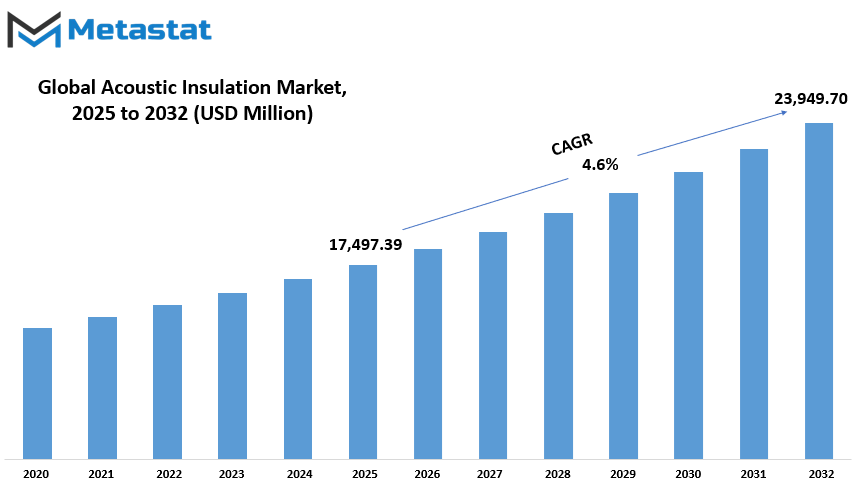
GROWTH FACTORS
The global acoustic insulation market is slowly picking up pace, driven by a myriad of growth drivers that indicate its significance in the contemporary world of industries. Among the driving factors for the growth of the market are the demands for noise control, particularly for the construction industry. Due to unbridled urbanization and constantly increasing population base, there has been an immense demand for less noisy living and working environments. Noise pollution has long been linked with negative health and productivity impacts, hence acoustic insulation becomes a critical factor in architectural design and planning.
Furthermore, stringent regulations and protocols that ensure minimum noise pollution further highlight the adoption of acoustic insulation solutions in various industries. Nevertheless, despite all the benefits, there are some challenges that could restrict the market growth. High initial installation expenses remain a big impediment, particularly for low-scale projects or areas with low budgets. Additionally, the limited general awareness of the advantages of acoustic insulation tends to result in postponement of such solutions. The most important way to overcome these challenges will be to make stakeholders aware of long-term advantages like enhanced quality of life and property value.
More positively, on the side of an increase in the use of sustainable and eco-friendly insulation materials, there are possibilities. Concerns over climate change and sustainability issues contribute more and more to this new direction toward the use of green industries. From such issues, manufacturers now think about materials that can also be used to regulate noise and at the same time minimize any effect on the environment. With global efforts towards developing less carbon-hungry developments, the trend now is towards acoustic insulation.
The long-term scope is gigantic in both innovative and future growth terms. Higher technological integration, particularly smart materials, and energy-efficient designs can quite easily reshape the face of acoustic insulation levels. With communities today prioritizing well-being and sustainability, the investment in research and development will result in innovative solutions to be conceptualized and developed in accordance with the needs that develop. With the increasing concern about noise control and following regulatory compliance as well as the increased desire for an environment-friendly product, the worldwide acoustic insulation market will soon flourish.
The available cost factor and ignorance are the current hindrances to the development of acoustic insulation. However, opportunities are opening up as innovation is gaining pace and environmental friendly practices are gaining prominence. Overcoming these hindrances and seizing new opportunities can make the industry play a pivotal role in building quieter, healthier, and more sustainable environments across the globe.
MARKET SEGMENTATION
By Material Type
The global acoustic insulation market is likely to see a strong growth in the future based on rising needs for soundproof solutions among various industries. The sound must be reduced or eliminated to make places more quiet and relaxing places for working and living. The market is emerging due to rising concern over the issue of noise pollution and need for effective, energy-efficient solutions in the residential, commercial, and industrial sectors.
The primary driving factor for growth in this market is the increasing usage of high-performance materials delivering improved sound insulation with environmental requirements. In terms of material type, glass wool is a major segment, and its market value is anticipated to be worth $5,854.95 million. It is very much demanded in the construction and manufacturing sectors due to its thermal insulation and acoustics, and it is therefore one of the most sought-after solutions for insulation. Mineral wool is also utilized for its fire-resistance and environmental friendliness. Fiberglass is another key material, for which its light yet strong characteristic is appreciated, providing efficient noise reduction without losing structural strength.
Foam plastics, due to their flexibility and superior sound absorption characteristics, are increasingly found in automobile and consumer product industries. There are other advanced materials also being discovered, which are expanding possibilities for applications in noise reduction. The building sector will keep being one of the biggest players in the global acoustic insulation market.
This is due to the fact that individuals are becoming more concerned with urbanization and infrastructure development, which also demands quieter environments to live and work in. More significantly, stringent regulations mandating noise control and energy efficiency requirements promote these solutions in new buildings but also in remodeling. Apart from construction, the automotive industry is also where acoustic insulation is making inroads. Auto manufacturers are continually looking for innovative ways to improve passenger comfort and minimizing noise within vehicles has been top of their agenda. Technological developments will make way for newer, superior, and improved insulation products with better performance. With the world's focus shifting towards sustainability, companies are also investing in sustainable products, which can shift the market landscape.
The push to produce healthier and quieter environments will only accelerate the demand for good acoustic insulation products. This will create a world where global acoustic insulation market will be actively contributing towards the development of the way to deal with sound around us in everyday life, merging functionality with innovation to cater to future requirements. By Application The global acoustic insulation market is rising steadily as industries and individuals are becoming more aware of the importance of soundproofing solutions in building comfort and efficient spaces. Acoustic insulation is essential in lessening the transmission of noise between rooms, be it residential, commercial, or industrial.
It reduces the effects of noise pollution, thereby increasing the standard of living, enhancing productivity in the workplace, and promoting happiness. Its functions are applied to walls, floors, doors, windows, and other parts of the building. It is a very versatile product to meet the numerous demands of acoustics. As for the applications, the prevalent emphasis lies on walls because barriers are of utmost significance in terms of preventing the flow of sound. The urban areas are of greater significance in this regard, because proximity to traffic, construction, or any other noise source would impede everyday work. New materials and technologies are coming into the picture to advance the functionality of sound absorption of walls so that the indoor experience is less noisy. Floors also have an important function to control impact noise, including footsteps or vibrations, in multi-story buildings.
Floor acoustic insulation provides additional comfort for users and reduces disruptions between floors in residential apartments, offices, and public institutions. Sound-proofing methods in windows and doors, or access and egress openings through which sound also enters buildings, have become increasingly a component of the space requirements for insulations. Double glazed glass panes and insulated window and door walls will reduce all sound entering building premises from outside spaces, and through their energy performance, further ensure high energy efficiencies in houses and other offices within public spaces. The market also serves other primary applications; that is, it manufactures acoustic insulation for ceilings, pipelines, and HVAC systems, where noise control is essential to attaining equilibrium. In the future, the global acoustic insulation market will, without a doubt, be influenced by innovation in sustainable materials and smart technologies.
Environmentally friendly and sustainable materials like insulation will reign supreme as a result of the increased concern for sustainability across consumer markets and business. Furthermore, the incorporation of adaptive smart sound systems adapting to variable sound levels will also reshape the market, offering tailored solutions for specific requirements. Increased urbanization and industrialization will continue to necessitate efficient noise control measures; hence, demand will also remain highly driven, fueling innovation and growth in this fast-paced market. The global acoustic insulation market therefore holds a long-term growth potential, particularly with the varied applications and continuous advancements in this sector.
By End-user
The growth prospects for the global acoustic insulation market are bright because of the ever-increasing requirement for noise control in different sectors. Acoustic insulation is indispensable for the development of quieter and more comfortable space by reducing sound transmission. As the negative impacts of noise pollution on human health and productivity become more visible, the need for effective soundproofing will steadily increase. This heightened focus on improving living and working conditions is steadily raising the importance of acoustic insulation for both residential and industrial applications. The primary growth driver for the global acoustic insulation market is building and construction sectors. Due to the popularity of urbanization and population, construction activity is picking up globally.
Modern buildings are made environment friendly and more comfortable for the inhabitants with the intention of reducing energy utilization and sound levels. Quiet ambiance is more given emphasis in residential use by the occupants, and corporate buildings require acoustic comfortability for the employees, customers, and visitors. Therefore, newer insulation products are being employed by the developers and architects to fulfill such requirements and abide by regulatory and customer requirements. Transportation industries also play their part in boosting the acoustic insulation market. There is a demand to create efficient noise-dampening structures for cars, airplanes and even trains for passengers' comfort and enhanced experience after the ride. Due to the environmental advantages, electric cars become more popular and focus on advanced insulation in mitigating road, wind, and vibration sound inside an automobile cabin.
This transition towards electric mobility creates new challenges for makers to innovate and provide state-of-the-art solutions to suit the specific requirements of this emerging sector. The petrochemical and oil & gas sectors also rely on acoustic insulation for safe and efficient functioning. The machinery in these sectors generates heavy levels of noise, which can potentially harm the health of the workers and disturb the surrounding communities. By incorporating soundproofing, the companies are not just adhering to policy but also ensuring a safer work environment for the workers. Power plants are also required to have insulation systems to deal with the heavy levels of noise from equipment.
The OEM and industrial segments also play their role in developing the market as manufacturing plants start implementing acoustic insulation to reduce equipment noises and boost worker productivity. In the future, the global acoustic insulation market will be expected to experience steady development due to advancements in materials and technologies that are more efficient, sustainable, and cost-reducing. This development holds the promise of a quieter and more comfortable future for both industries and consumers.
|
Forecast Period |
2025-2032 |
|
Market Size in 2025 |
$17,497.39 million |
|
Market Size by 2032 |
$23,949.70 Million |
|
Growth Rate from 2024 to 2031 |
4.6% |
|
Base Year |
2024 |
|
Regions Covered |
North America, Europe, Asia-Pacific, South America, Middle East & Africa |
REGIONAL ANALYSIS
The global acoustic insulation market is slow, with the help of improvements from construction, auto, and industries across many sectors. Growth and market prospects appear regionally well understood as they are impacted by the heterogenous demands and development happening in North America, Europe, Asia-Pacific, South America, and the Middle East & Africa.
North America ranks among the largest players in the global acoustic insulation market, with major contributions from the United States, Canada, and Mexico. The region places a strong emphasis on energy efficiency and noise control in buildings, making acoustic insulation in demand. Besides, strict government policies on noise pollution and energy conservation also increase market growth. Technical progress in construction materials, coupled with the growing trend of green building, will also cause North America to continue holding the top position in the market. Europe's acoustic insulation market is supported by leading countries like the United Kingdom, Germany, France, and Italy.
Europe, which is centered around the vision of sustainable development and the preservation of the environment, pushes its industries to make greater use of acoustic insulation. With the growth of urbanization, noise abatement in densely populated areas has become a priority matter. In addition to this, carbon emissions in Europe will also decrease since this continent is prioritizing integration with technologies that provide more energy efficiency. The market will consequently have a space that is very promising and adding to the growth of the market. India, China, Japan, South Korea, etc. are all components of the region Asia-Pacific that is under rapid industrialization and urbanization. Apart from this, it is witnessing rapid construction activity and has raised public consciousness towards noise pollution, thereby having a potential chance for development in this market.
The rising middle-class population along with increased investment in infrastructure projects drive the growth further. Adoption of new insulation technologies is likely to gain momentum in commercial and residential areas in the near term and, therefore, is likely to drive Asia-Pacific growth.
South America, including Brazil and Argentina, is gradually emerging as an emerging market for acoustic insulation. In comparison to other geographies, this market is in a nascent state; however, increasing awareness regarding noise control and energy-saving practices will release opportunities.
Similarly, in the Middle East & Africa, the GCC countries, Egypt, and South Africa are developing towards expanding their construction sectors, while rising awareness for environmental concerns is making acoustic insulation solutions trendy in these markets. Regarding the future of the global acoustic insulation market, the regions are likely to remain focused on sustainable practices and measures to minimize noise.
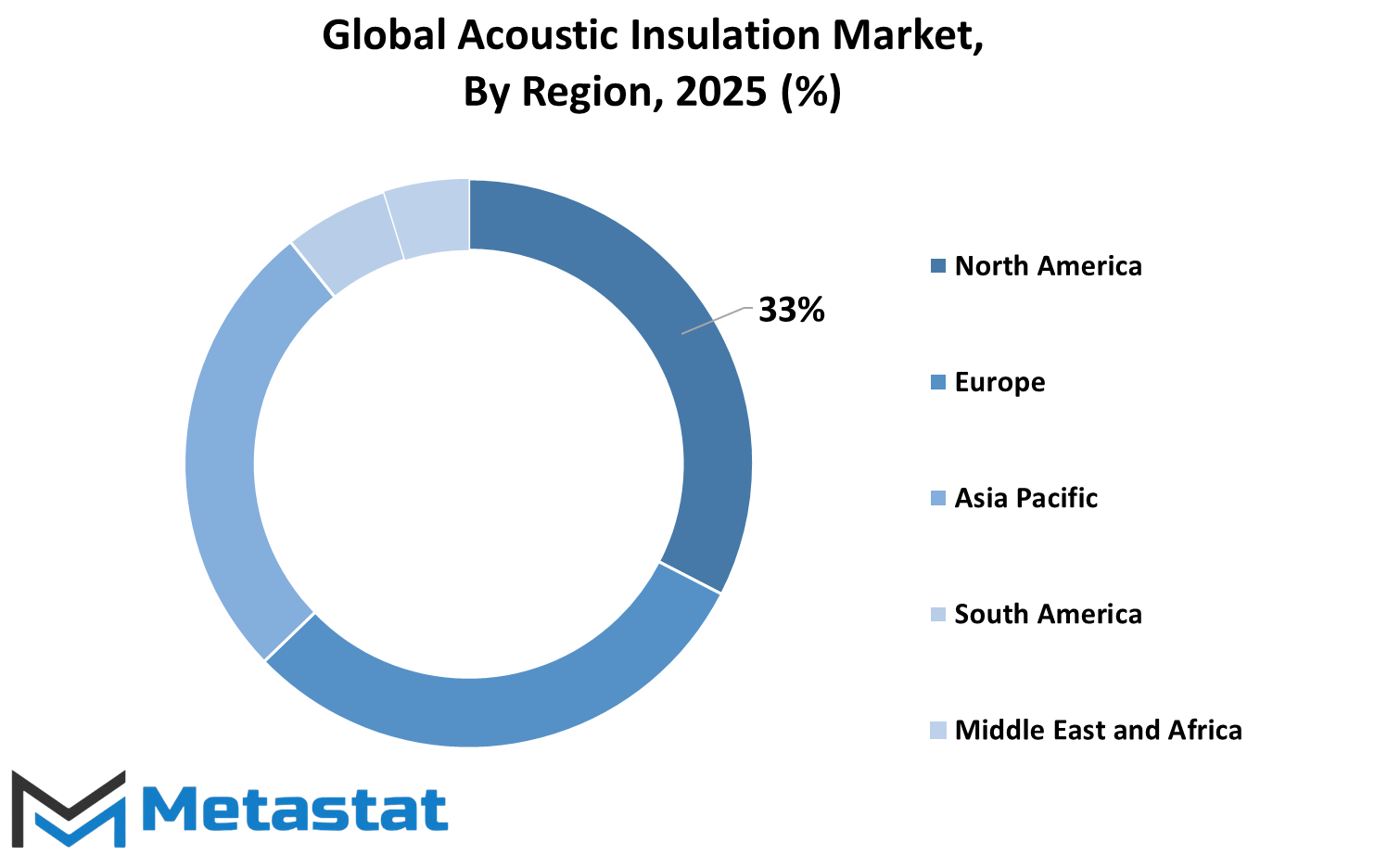
COMPETITIVE PLAYERS
The global acoustic insulation market is wide open with expanding demands from industries. As the world continues to progress in urbanization and sustainability, demand for noise pollution control is increasingly becoming important. Acoustic insulation is critical in providing comfort, privacy, and environmental regulation and therefore it's a fundamental element of contemporary construction, automotive production, and industrial processes. Propelling this market's growth even more would be the drive towards energy efficiency and sustainable building solutions. In most instances, acoustic insulation usually follows thermal insulation, and thus there are double benefits for the consumers. A few of the competitive industry players contribute to the global acoustic insulation market.
A few of the renowned organizations are Saint Gobain, Owens Corning, and Knauf Insulation, driving innovation and offering high-quality solutions for fulfilling the continuously growing demand. Their development and research efforts are focused on producing materials not only compliant with the noise reduction requirements but also with sustainability goals. Mineral wool, fiberglass, and foam have gained popularity because of their high performance and versatility in most applications. The global acoustic insulation market will continue to diversify with advancements in technology and changing consumer tastes.
High-density dwelling, office space, and transport buildings necessitate not just effective noise control but also noise reduction. There has been a growing interest by the automotive world to drive cabin comfort. For example, high-technology products focusing on cabin comfort are being engineered by manufacturers. Light and resilient acoustics materials are foreseen to lead as the industry places emphasis on efficiency without penalties on performance. Key players, including Armacell International, Rockwool International, and Johns Manville, are bound to continue their competitive edge with investments in eco-friendly manufacturing processes. 3M Company and USG Boral are also ensuring carbon footprint minimization while increasing the quality and longevity of their products. Coordination with governmental agencies to comply with strict regulations on noise pollution is fast becoming a building block of market strategies. The future of the global acoustic insulation market is bright due to higher investment in green building projects and greater use of innovative materials.
With each passing day, the need for quieter and more energy-efficient spaces is going to continue. Businesses like Soprema Group, Paroc Group, and URSA Insulation S.A., which are dedicated to fulfilling this need, can push the industry ahead. With technological advance coupled with sustainability, acoustic insulation will continue to play an important role in modern times.
Acoustic Insulation Market Key Segments:
By Material Type
- Glass Wool
- Mineral Wool
- Fiberglass
- Foam Plastics
- Other
By Application
- Walls
- Floors
- Doors & Windows
- Other
By End-user Industry
- Building and Construction
- Transportation
- Oil & Gas and Petrochemical
- Energy and Utilities
- Industrial and OEM
Key Global Acoustic Insulation Industry Players
- Saint Gobain
- Owens Corning
- Knauf Insulation
- Armacell International
- Rockwool International
- Johns Manville
- 3M Company
- USG Boral
- Paroc Group
- Soprema Group
- URSA Insulation S.A.
- Acoustical Surfaces, Inc.
- K-FLEX USA
WHAT REPORT PROVIDES
- Full in-depth analysis of the parent Industry
- Important changes in market and its dynamics
- Segmentation details of the market
- Former, on-going, and projected market analysis in terms of volume and value
- Assessment of niche industry developments
- Market share analysis
- Key strategies of major players
- Emerging segments and regional growth potential



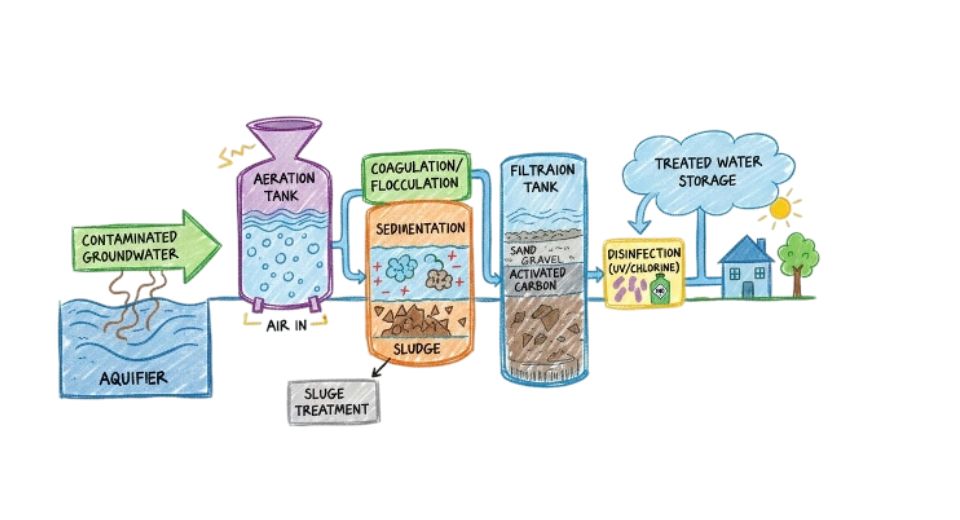
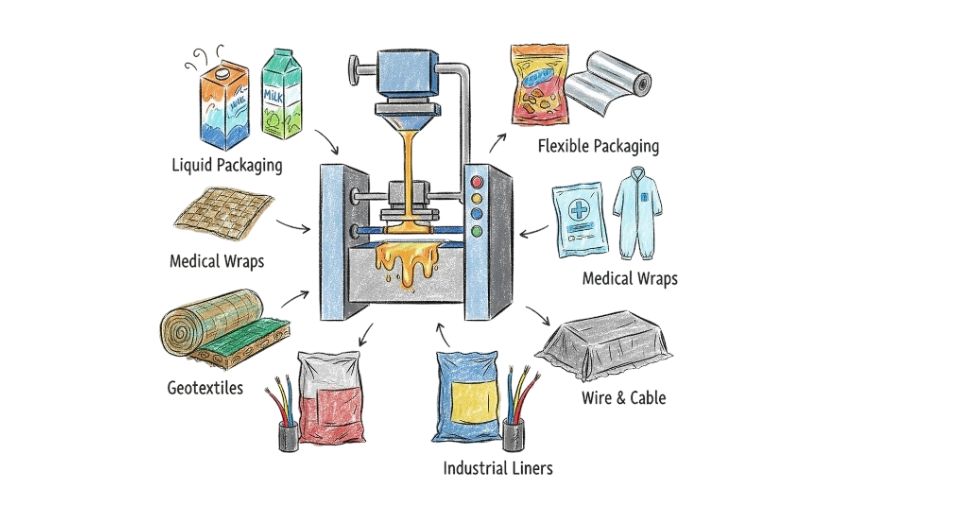
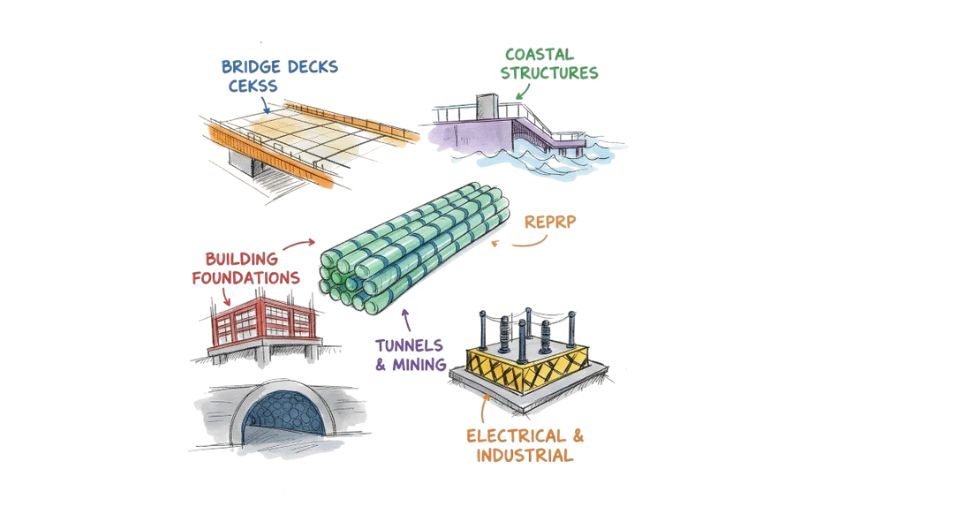
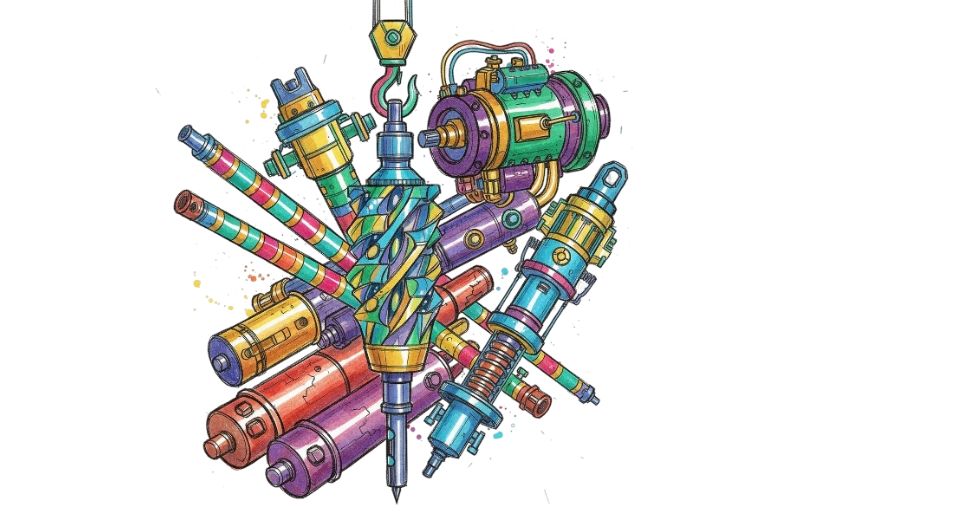

 US: +1 3023308252
US: +1 3023308252






